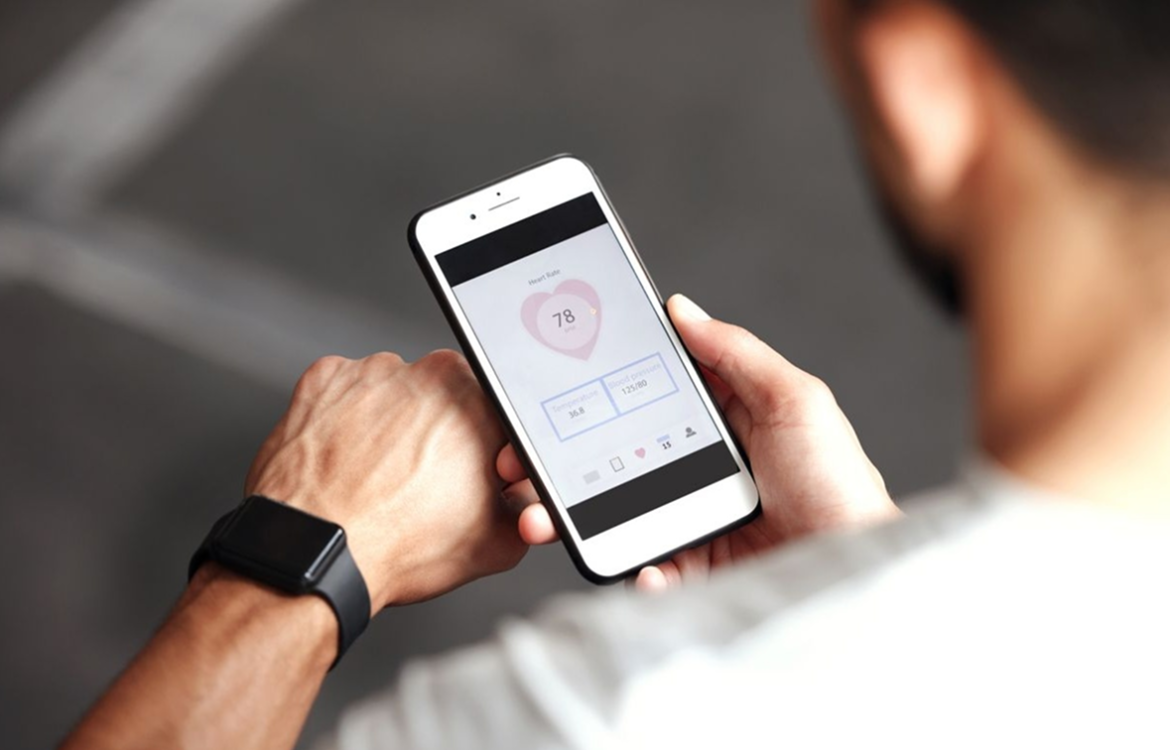In the United Kingdom, where healthcare systems continually seek ways to improve patient outcomes and empower individuals, health tracking technologies have surged in popularity and sophistication. From the widespread adoption of smartwatches to emerging implantable devices, these technologies offer unprecedented insight into our bodies, enabling proactive health management and personalised care. As the digital health revolution unfolds, understanding these tools’ capabilities, challenges, and future potential is essential for UK residents navigating their wellness journeys.
Advertising
The Rise of Wearable Health Technology
Smartwatches and fitness trackers have become common accessories in the UK, blending fashion with function. Brands like Apple, Fitbit, Garmin, and Samsung provide devices that monitor heart rate, sleep patterns, physical activity, blood oxygen levels, and even electrocardiograms (ECG).
These wearables offer users real-time feedback, goal-setting tools, and alerts that encourage healthier habits. The NHS has increasingly recognised the value of such devices, with some programs integrating data from wearables into patient monitoring and chronic disease management.
Beyond the Wrist: Expanding Health Tracking Devices
While wrist-worn devices dominate the market, innovations have expanded tracking to other formats:
-
Smart Rings: Compact devices worn on fingers that monitor sleep quality, heart rate variability, and activity with minimal intrusion.
-
Clip-On Sensors: Attach to clothing or shoes to track movement and posture, useful in rehabilitation and elderly care.
-
Smart Glasses and Clothing: Emerging products with embedded sensors that measure physiological parameters discreetly.
These advancements increase accessibility and comfort, encouraging wider adoption across different age groups in the UK.
Implantable and Ingestible Health Trackers
Pushing boundaries beyond external devices, medical implants and ingestible sensors are transforming how health data is collected.
-
Cardiac Pacemakers and Defibrillators: Equipped with sensors, these devices can transmit data to healthcare providers, allowing remote monitoring of heart conditions.
-
Continuous Glucose Monitors (CGMs): Implanted sensors for people with diabetes provide real-time glucose readings, reducing finger-prick tests.
-
Neurostimulators: Used for conditions like Parkinson’s disease, these implants monitor brain activity and deliver therapeutic stimulation.
-
Ingestible Sensors: Pills with tiny sensors can track medication adherence or digestive health from inside the body.
The UK’s National Health Service has piloted several programmes integrating implantable devices for chronic disease management, highlighting their potential to reduce hospital visits and improve outcomes.

